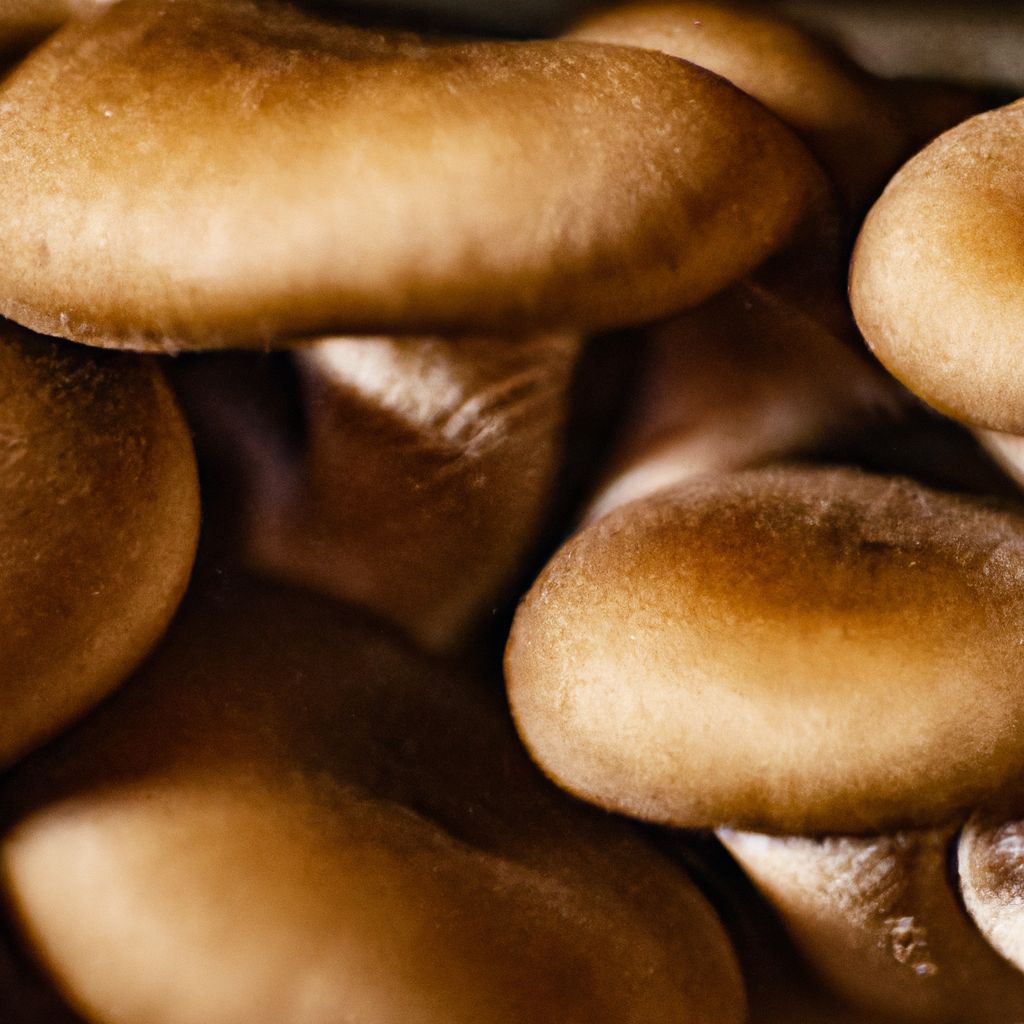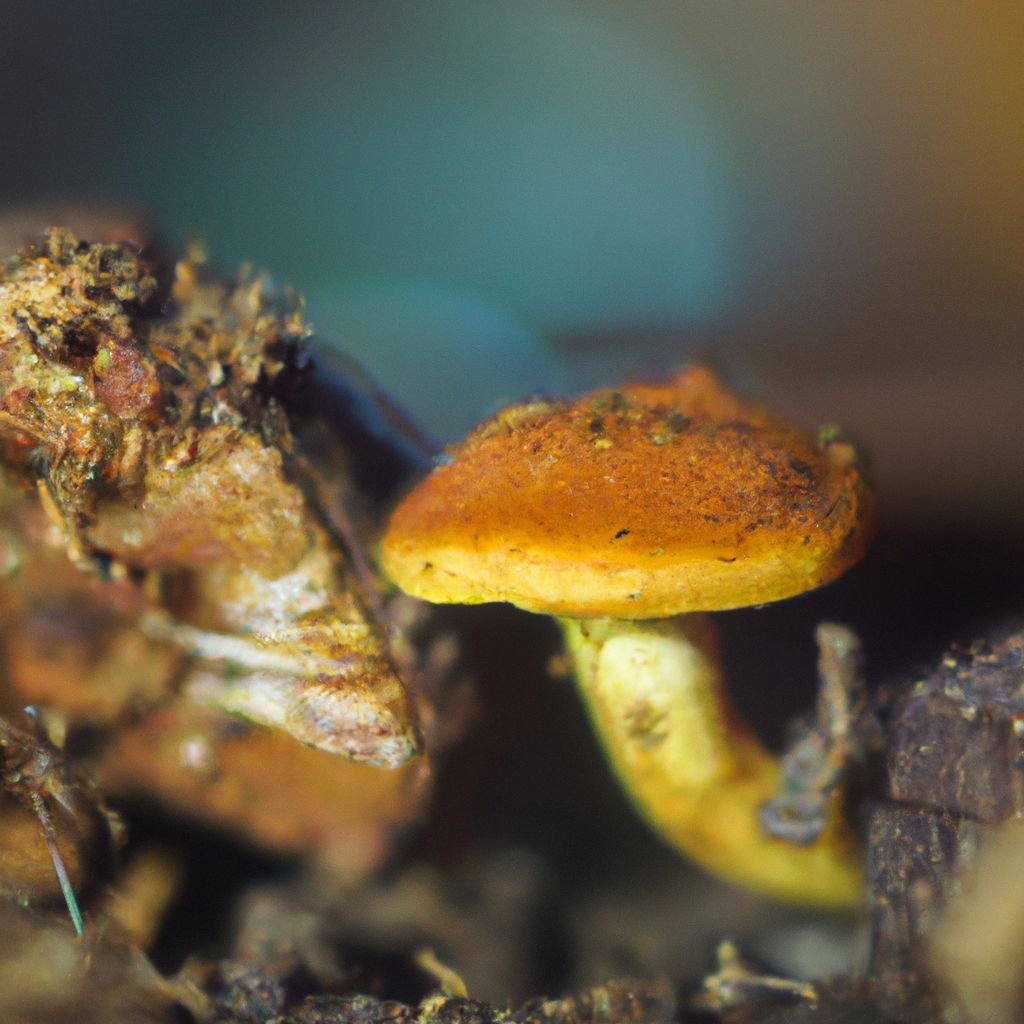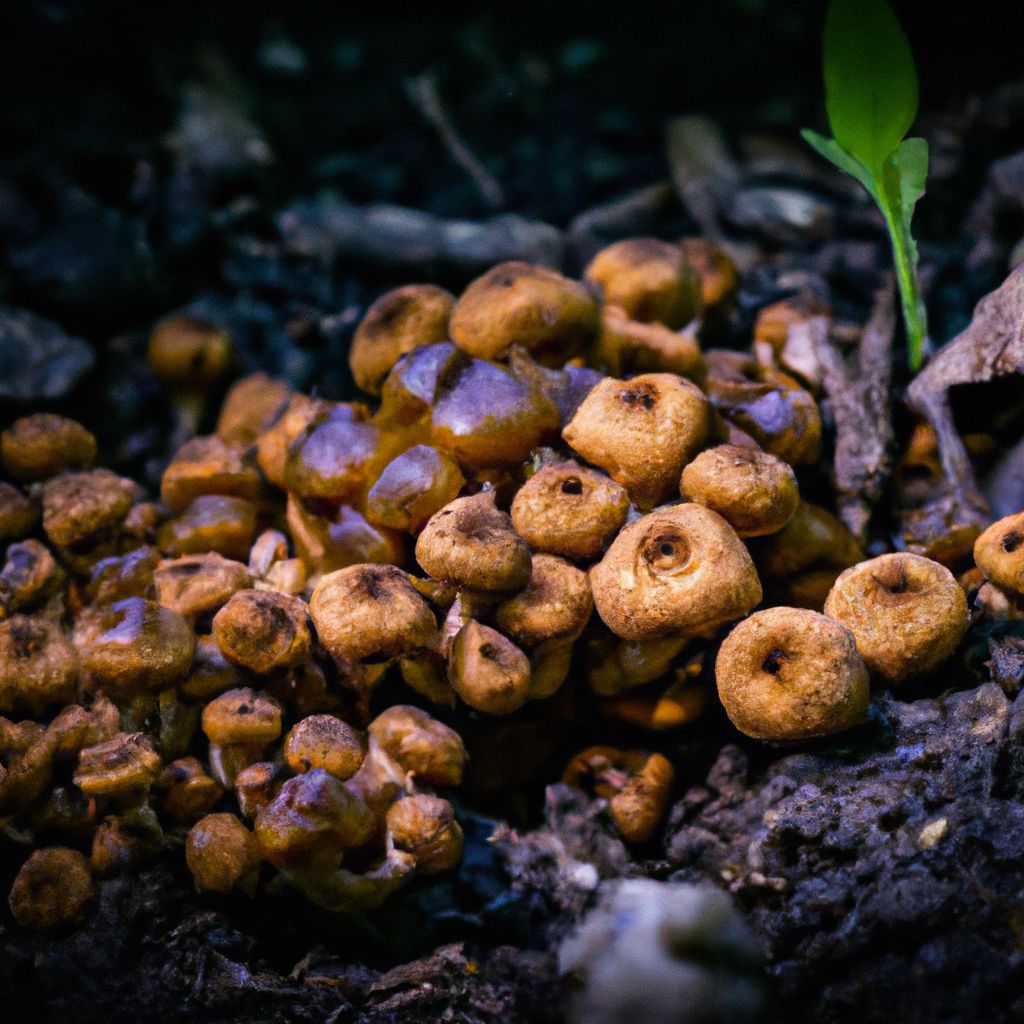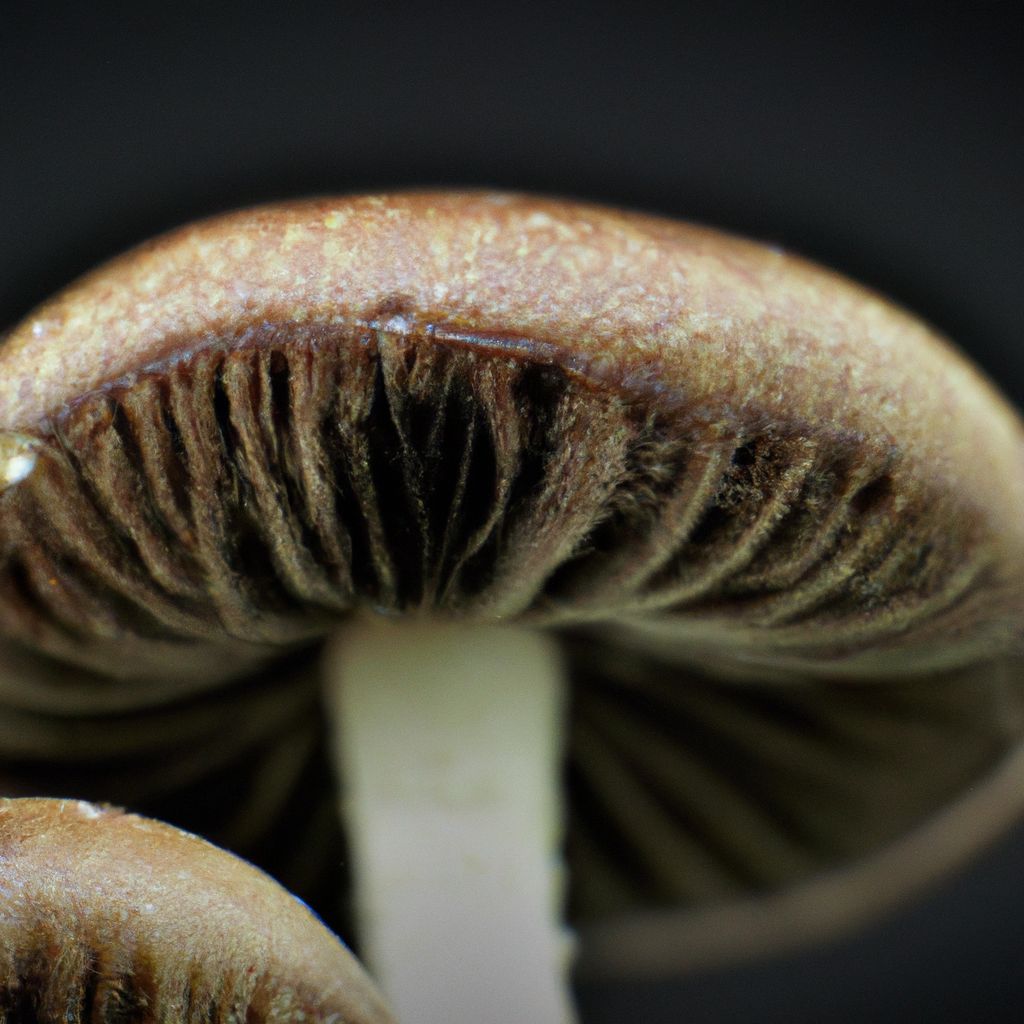Cremini cultivation at home is a rewarding and delightful experience. These flavorful mushrooms, also known as baby bella or crimini, are versatile ingredients that can elevate various dishes with their rich, earthy taste. By following a step-by-step guide and gathering the necessary supplies, you can embark on a fascinating journey to grow your own cremini mushrooms right in the comfort of your home.
Not only is cultivating your own mushrooms a satisfying process, but it also allows you to enjoy the freshest possible cremini mushrooms, bursting with flavor and nutrients. Homegrown mushrooms are free from preservatives and chemicals, making them a healthier choice for your culinary endeavors.
Furthermore, growing cremini mushrooms at home is an excellent way to connect with nature and understand the intricate processes involved in cultivating these fascinating fungi. It’s an educational and rewarding experience that can be enjoyed by individuals of all ages and skill levels.
Embracing the Benefits of Self-Grown Mushrooms
Cultivating your own cremini mushrooms offers numerous advantages beyond the joy of growing them yourself. Here are some key benefits of embracing homegrown mushrooms:
- Freshness and Flavor: Freshly harvested mushrooms have an unbeatable taste and aroma, as they haven’t been subjected to the same transportation and storage processes as store-bought varieties.
- Nutritional Value: Homegrown mushrooms retain their full nutritional profile, providing you with a rich source of protein, fiber, vitamins, and minerals.
- Cost Savings: Growing your own mushrooms can be more cost-effective in the long run, especially if you plan to consume them regularly.
- Environmental Sustainability: By cultivating mushrooms at home, you reduce your carbon footprint and support a more sustainable food system.
- Artistic Expression: The process of growing mushrooms can be a creative outlet, allowing you to experiment with different substrates, techniques, and even mushroom varieties.
Essential Materials and Equipment
Before you begin your cremini mushroom cultivation journey, ensure you have the following materials and equipment:
- Cremini mushroom spawn or spores
- A high-nitrogen substrate (e.g., compost made with dried poultry waste, straw, gypsum)
- Canola meal or wheat bran
- A box or container with solid sides
- A spray bottle filled with water
- Gloves and a face mask (for handling the substrate)
- A hygrometer and thermometer for monitoring humidity and temperature
- A fan or ventilation system for proper air circulation
- Lighting (optional, for indirect or diffused light)
Having the right tools and materials will ensure a smooth and successful cultivation process from start to finish.
Preparing the Growing Substrate
Crafting the perfect growing substrate is essential for successful cremini mushroom cultivation. Here’s how to prepare it:
Substrate Ingredients and Ratios
- In a large container, combine the following ingredients in the recommended ratios:
- 2 parts compost (made with dried poultry waste)
- 1 part straw
- 1/2 part gypsum
- 1/4 part canola meal or wheat bran
- Thoroughly mix the ingredients until they are evenly distributed.
Achieving the Ideal Moisture Level
- Gradually add water to the mixture, ensuring it is evenly moist without becoming overly saturated. The substrate should have a moisture content similar to a well-wrung-out sponge.
- Transfer the prepared substrate to your growing box or container, spreading it evenly and compacting it gently to remove any air pockets.
Pasteurization for Optimal Results
Tip: For optimal results, consider pasteurizing the substrate mixture by heating it to 140-160°F (60-71°C) for an hour or two. This process helps eliminate potential contaminants and unwanted microorganisms, providing a clean and sterile environment for your mushrooms to thrive.
Inoculating the Substrate
Once the substrate is ready, it’s time to introduce the mushroom spawn or spores:
- Using clean gloves and a face mask, evenly distribute the cremini mushroom spawn or spores throughout the substrate, gently mixing it in with a sterile tool or your gloved hands.
- Cover the inoculated substrate with a breathable material like a paper bag or cloth to maintain humidity levels.
- Place the covered box in a warm, dark location with a temperature range of 70-80°F (21-27°C) for incubation.
- Over the next 2-3 weeks, monitor the substrate for the development of white, thread-like mycelium, which is the vegetative part of the mushroom.
Maintaining a Sterile Environment
Tip: During the incubation period, avoid disturbing the substrate or introducing any potential contaminants. Maintaining a sterile environment is crucial at this stage to prevent contamination and ensure a successful mushroom growth.
Creating the Ideal Environment
Cremini mushrooms thrive in specific environmental conditions. To promote optimal growth, you’ll need to maintain:
- Temperature: 60-70°F (15-21°C)
- Humidity: 80-90% relative humidity
- Lighting: Indirect or diffused light
- Ventilation: Adequate air circulation to prevent stagnation
It’s essential to create a dedicated growing space that can maintain these conditions consistently. You can achieve this by setting up a grow tent, a martha, or a repurposed closet or cabinet.
Controlled Environment Setups
Additionally, consider investing in a controlled environment chamber or a greenhouse specifically designed for mushroom cultivation. These setups allow for precise control over temperature, humidity, and airflow, ensuring optimal growing conditions for your cremini mushrooms.
Maintaining Proper Conditions
As the mycelium colonizes the substrate, it’s crucial to maintain the proper conditions for fruiting:
Watering and Misting
- Mist the substrate regularly with a spray bottle to maintain consistent moisture levels.
- Avoid over-watering, as excess moisture can lead to contamination and promote the growth of molds and bacteria.
Monitoring and Adjusting Humidity and Temperature
- Use a hygrometer and thermometer to monitor humidity and temperature levels regularly.
- Adjust ventilation, misting, or heating/cooling as needed to maintain optimal conditions.
Maintaining proper humidity levels is crucial for successful cremini mushroom cultivation. Consider using a humidifier or installing a humidity control system to ensure consistent levels.
Preventing Moisture-Related Issues
Tip: Monitor the substrate closely for signs of condensation or excessive moisture buildup, as these can lead to contamination. Increase ventilation or adjust humidity levels accordingly to maintain a healthy growing environment.
The Fruiting Stage
Once the substrate is fully colonized by the mycelium, it’s time to initiate the fruiting stage:
- Introduce fresh air and indirect light to the growing environment. This change in conditions triggers the mushrooms to start fruiting.
- Monitor the substrate closely for the appearance of small, pin-like structures, which are the early stages of mushroom development.
- Maintain consistent humidity and temperature levels during this critical phase. Fluctuations can disrupt the fruiting process.
- Within 5-10 days, the pins will develop into mature cremini mushrooms with their characteristic brown caps.
Maintaining Optimal Conditions During Fruiting
Tip: During the fruiting stage, you may need to increase air circulation and misting to maintain optimal humidity levels, as the mushrooms release moisture as they grow. Regularly monitor and adjust the environment to ensure successful fruiting.
Harvesting and Storage
As the mushrooms mature, it’s time to harvest and enjoy your homegrown bounty:
- Gently twist and pull the mushrooms from the substrate, taking care not to damage the surrounding mycelium.
- If needed, use a sharp knife to cut the stems at the base, leaving a small portion of the stem attached to the substrate.
- Place the harvested mushrooms in a paper bag or container lined with a paper towel to absorb excess moisture.
- Store the mushrooms in the refrigerator for up to one week. Avoid plastic bags, as they can cause condensation and promote spoilage.
Maximizing Your Harvest
Tip: To maximize your harvest, consider harvesting in a flush pattern. After the first flush of mushrooms, the substrate can be rehydrated and induced to produce additional flushes, allowing you to enjoy a continuous supply of fresh

Troubleshooting Common Issues
While growing cremini mushrooms at home can be a gratifying experience, you may encounter some common issues. However, with the right knowledge and preventive measures, these challenges can be effectively addressed.
Contamination
- Ensure proper sterilization of equipment and materials to prevent mold or bacterial growth.
- Discard any contaminated substrate or mushrooms to prevent the spread of contaminants.
- Maintain a clean and sterile growing environment at all times.
Slow Growth or Lack of Fruiting
- Check temperature, humidity, and lighting levels, and make adjustments as needed.
- Ensure adequate air circulation and fresh air exchange.
- Verify that you’re using a high-quality mushroom spawn or spores.
Pest Infestations
- Inspect the growing area regularly for signs of pests like fungus gnats, mites, or other unwanted insects.
- Use organic pest control methods if necessary, such as neem oil or diatomaceous earth.
- Maintain a clean and debris-free growing environment to discourage pests from taking up residence.
Deformed or Stunted Mushrooms
- Inconsistent temperature or humidity levels can cause mushrooms to develop abnormally, resulting in deformities or stunted growth.
- Inadequate air circulation or excess carbon dioxide buildup can also lead to deformities in mushroom development.
- Adjust environmental conditions and increase ventilation to address these issues and promote healthy mushroom growth.
Timely Intervention and Preventive Measures
By staying vigilant and taking prompt action when issues arise, you can effectively address most problems that may occur during the cultivation process. Additionally, implementing preventive measures, such as maintaining a clean and sterile environment, can help minimize the risk of potential issues from the outset.
From Spawn to Table: A Rewarding Journey
Cultivating cremini mushrooms at home is a gratifying and educational journey. As you nurture the mushrooms from spawn to fruiting, you’ll gain a deeper appreciation for the process and the delicious reward that awaits. Incorporate your homegrown cremini mushrooms into your favorite recipes, savoring their rich flavor and the satisfaction of enjoying a fresh, self-cultivated ingredient.
Nutritional Benefits of Homegrown Mushrooms
Not only do homegrown cremini mushrooms taste incredible, but they also provide numerous health benefits. These mushrooms are a good source of:
- Protein
- Fiber
- Vitamins (including vitamin D)
- Minerals (such as selenium)
- Antioxidants
Consuming fresh, homegrown mushrooms ensures you’re getting the maximum nutritional value without any added preservatives or chemicals.
A Mindful and Therapeutic Experience
Furthermore, the process of growing your own mushrooms can be a therapeutic and mindful experience. Tending to your mushroom cultivation project requires patience, attention to detail, and a nurturing mindset. It can serve as a calming and grounding activity, allowing you to disconnect from the stresses of daily life and connect with nature in a meaningful way.
Whether you’re a seasoned gardener, a culinary enthusiast, or simply seeking a new hobby, growing cremini mushrooms at home is a rewarding and enjoyable pursuit. Embrace the journey, savor the fruits of your labor, and let the rich flavors and aromas of your homegrown cremini mushrooms elevate your culinary creations to new heights.
Frequently Asked Questions
How long does it take for cremini mushrooms to grow?
The time frame for cremini mushroom growth can vary, but on average, it takes around 4-6 weeks from inoculation to harvest. The process involves several stages: incubation (2-3 weeks for mycelium colonization), fruiting (5-10 days for mushroom development), and multiple flushes of mushroom growth.
Can I grow cremini mushrooms indoors?
Yes, cremini mushrooms can be successfully cultivated indoors. In fact, many growers prefer indoor cultivation as it allows for better control over environmental conditions like temperature, humidity, and light exposure. You can set up a dedicated growing space or use a controlled environment chamber.
What is the best substrate for growing cremini mushrooms?
A high-nitrogen substrate is ideal for growing cremini mushrooms. Common substrates include a mixture of compost (made with dried poultry waste), straw, gypsum, and canola meal or wheat bran. The ratios and ingredients can be adjusted to suit your specific needs.
Do I need to pasteurize the substrate?
While not strictly necessary, pasteurizing the substrate mixture is highly recommended. This process helps eliminate potential contaminants and unwanted microorganisms, providing a clean and sterile environment for your mushrooms to thrive.
How do I know if my mushrooms are contaminated?
Signs of contamination include the presence of mold, unusual colors or odors, and a slimy or discolored substrate. If you suspect contamination, it’s best to discard the affected mushrooms and substrate to prevent the spread of the contaminant.
Can I use regular compost from my garden for growing cremini mushrooms?
While regular garden compost can be used, it is not recommended as the primary substrate for growing cremini mushrooms. Garden compost may lack the necessary nutrients and specific microbial composition required for optimal mushroom growth.
How do I maintain proper humidity levels during cultivation?
Maintaining proper humidity levels (80-90% relative humidity) is crucial for successful cremini mushroom cultivation. You can use a humidifier, mist the substrate regularly, or install a humidity control system to ensure consistent humidity levels.
Can I reuse the substrate after harvesting?
Yes, you can reuse the substrate for additional flushes of mushroom growth. After the initial harvest, rehydrate the substrate and induce fruiting conditions again. However, the substrate may eventually lose its potency and need to be replaced.
What are some common pests that can infest my mushroom patch?
Common pests that can infest a mushroom patch include fungus gnats, mites, and other small insects. Regularly inspecting your growing area and maintaining a clean environment can help prevent and control pest infestations.
How can I incorporate my homegrown cremini mushrooms into my cooking?
Cremini mushrooms are incredibly versatile and can be used in a wide variety of dishes. Try sautéing them with garlic and herbs for a flavorful side dish, adding them to pasta sauces, soups, or risottos, or incorporating them into omelets or pizza toppings.





















































